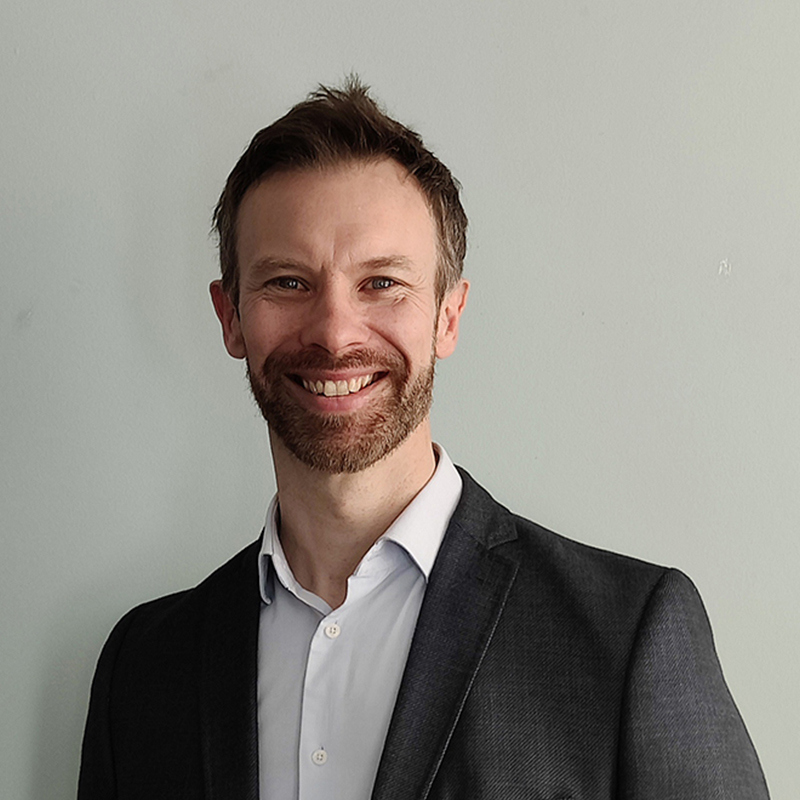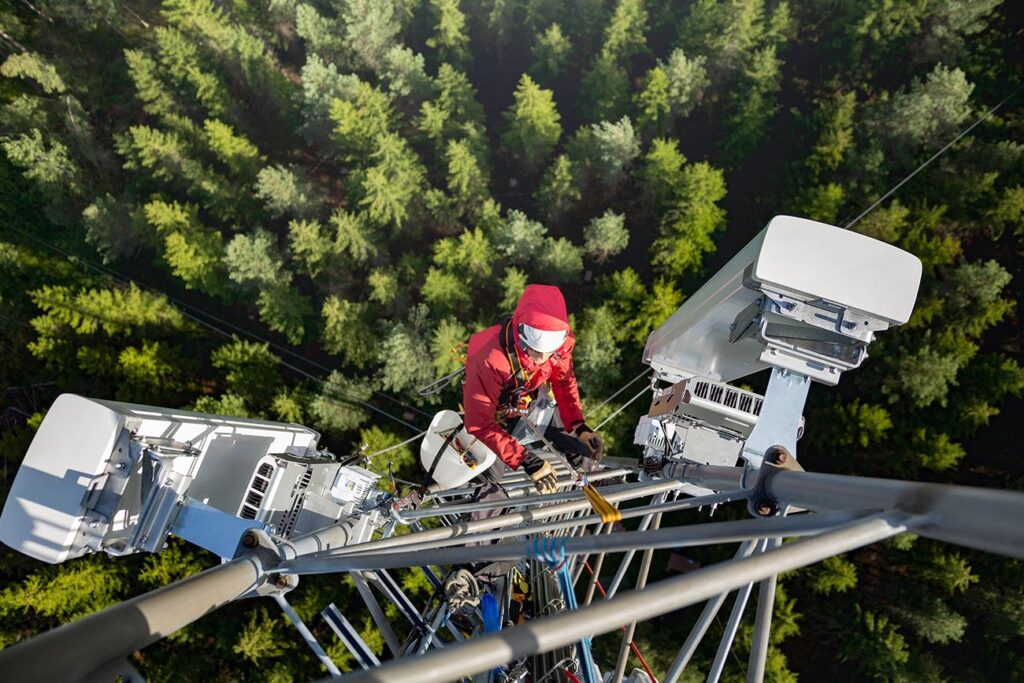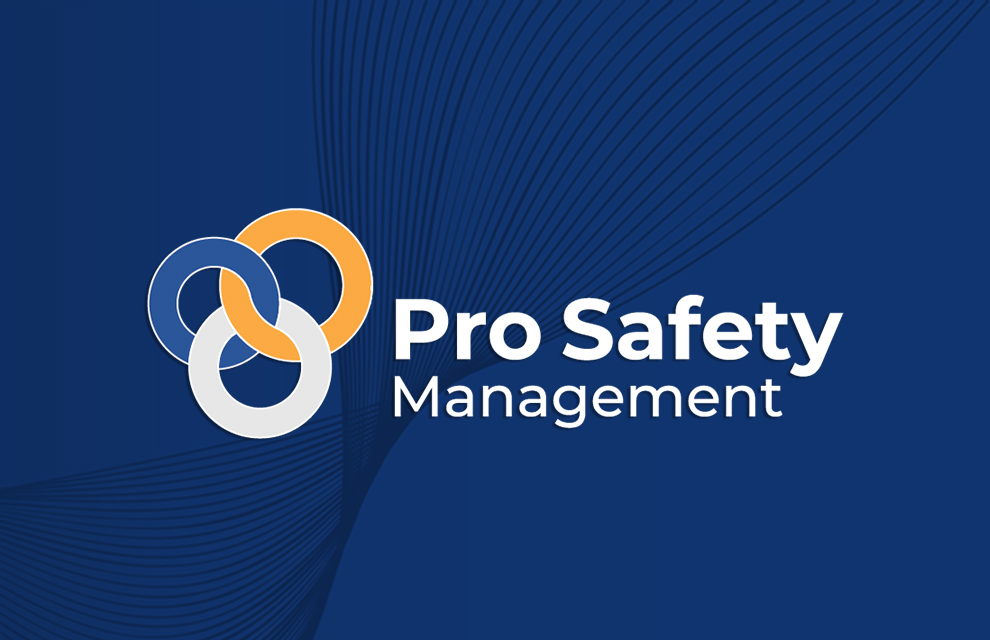
I hope you enjoy reading this blog post.
If you want my team to just do your health and safety for you, click here.
How do the CDM Regulations Address Working at Height in Telecoms?

Working at height is a critical aspect of many industries, including the telecoms industry.
The safety and well-being of workers in such environments are of utmost importance.
In this blog post, we will explore how the Construction (Design and Management) Regulations (CDM) address the challenges associated with working at height in the telecoms industry.
Since its inception in 2005, the CDM regulations have provided a strategic approach to project management, with emphasis on co-operation and collaboration.
By examining the relationship between the CDM regulations and working at height, we can gain valuable insights into ensuring the well-being of telecoms industry professionals.
The Philosophy of CDM Regulations
The CDM regulations were first introduced in 1994, with subsequent updates in 2005 and 2015. These regulations are designed to establish a comprehensive project management framework that considers design, build and maintenance of any infrastructure. At its core, the CDM regulations focus on risk avoidance, elimination and control. By addressing these aspects right from the start, the CDM regulations aim to create a safe working environment throughout the project lifecycle.
CDM Strategic Approach vs Working at Height Regulations
While working at height regulations focus on the tactical aspects of planning and executing work, when it comes to working at height construction activities the CDM regulations adopt a more strategic perspective. The CDM regulations encompass the entire project, considering not only the immediate requirements but also the long-term maintenance of the infrastructure once it is built. Consequently, the CDM regulations play a crucial role in defining the standards and protocols for working at height in the telecoms industry.
Eliminating and Avoiding Working at Height
One of the key objectives of the CDM regulations is to avoid or eliminate construction and ongoing maintenance risks when working at height. This strategic view of working at height allows designers to identify potential hazards early on and implement suitable alternatives. For example, a new building with a flat roof may involve installing an internal staircase for engineers to access plant. Designers may go for the cheaper alternative of selection instead an external fixed vertical ladder which would require engineers to have working at height training, harnesses, and the cost of ongoing maintenance of fixed safety equipment (latch ways).
Cost Considerations and Business Case
The CDM regulations not only prioritise safety but also take into account cost considerations and the business case for implementing certain measures. In some instances, the strategic vision of the CDM regulations can lead to more cost-effective solutions in addition to improved safety. Taking the earlier example of installing a staircase on a flat roof, while initially considered expensive, it offers significant cost benefits over the lifetime of the building/field services/maintenance facilities management. By investing in appropriate infrastructure and protective measures, businesses can minimise expenses associated with training, maintenance, and potential accidents.
The Intersection of Regulations
It is important to note that working at height regulations and the CDM regulations are strong contemporary standards. If you understand both regulations, they almost feel intertwined and complement each other.
While working at height regulations focus on specific safety protocols, the CDM regulations provide a broader framework that encompasses various aspects of project management, including safety considerations. By embracing the strategic vision of the CDM regulations, businesses in the telecoms industry can effectively work towards preventing the need for working at height and ensure the well-being of their workers.
Need further support?
Contact us for a Personalised Telecoms Health and Safety Compliance strategy that not only encompasses CDM but helps you control all your significant risks so you can feel that your telecoms business is safe and compliant.
Do you want better compliance?
Hey, I’m Alex Burbidge. I’m determined to make a business health and safety compliant. My only question is, will it be yours?

About Pro Safety Management
We are a Specialist Telecoms Health and Safety Consultancy with over 40+ years experience. Serving some of the global leading telecommunication companies, we provide specialist and strategic health and safety management ensuring operational standards at the highest level.
Do you want better compliance?
Hey, I’m Alex Burbidge. I’m determined to make a business health and safety compliant. My only question is, will it be yours?



